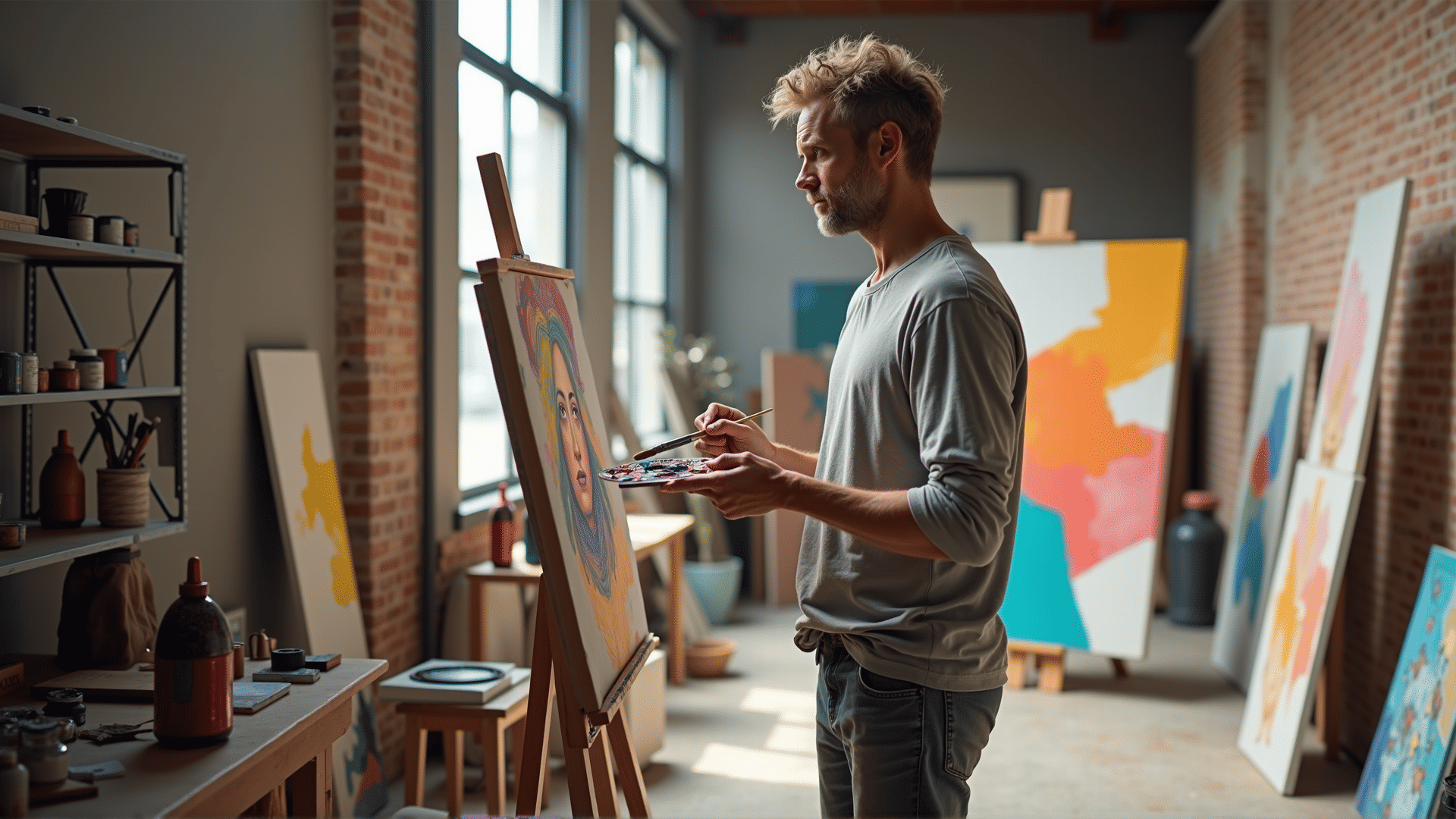In the ever-evolving world of contemporary art, where digital and new media technologies often take center stage, there is a growing movement that seeks to revitalize and integrate traditional techniques into modern artistic practices. This resurgence not only celebrates the rich heritage of centuries-old methods but also redefines their application in today's creative expressions.
Artists across the globe are delving into art historical techniques, embracing their complexities, and showcasing their timeless relevance. These methods, which include fresco painting, gilding, embroidery, weaving, and more, bring a tactile authenticity that contrasts sharply with the often impersonal nature of digital art. They forge a tangible connection between the past and present, allowing artists and viewers alike to experience the depth of human creativity through time.
One such artist is the renowned contemporary painter Julie Heffernan, whose works are a testament to the meticulous techniques of the Old Masters. Heffernan applies the labor-intensive method of glazing, a technique favored by Renaissance artists, which involves building up layers of oil paint to create depth and luminous color. Her intricate compositions often depict fantastical self-portraits that weave together narratives of environmental consciousness and personal history, inviting viewers to contemplate modern concerns through an age-old lens.
In textiles, artists like Kelsey Viola Wiskirchen have been making waves by integrating traditional weaving and textile art into present-day contexts. Wiskirchen’s work often features natural fibers and dyes, linking back to ancient practices that pay homage to cultural heritage. Her pieces create a dialogue between the resilience inherent in traditional craftsmanship and contemporary themes of identity and the environment.
Similarly, the art of calligraphy, far from being a lost art, has found its way into the hands of modern creators who appreciate its historical significance and aesthetic beauty. Turkish artist and calligrapher Murat Ozkaya combines classical Arabic script with modernist artistic concepts, crafting works that explore cultural dichotomies and universal themes of communication and interpretation. His use of gold leaf, inspired by medieval Islamic manuscripts, echoes the opulence and intricacy of historical pieces while conveying new stories.
Ceramic art is another domain experiencing a renaissance, where artists are reimagining ancient techniques to create innovative forms. British ceramicist Kate Malone draws inspiration from the rich textures and colors of historical pottery and glaze techniques, infusing them with her distinctive style. Her works, often reminiscent of natural elements like fruits and plants, marry the tactile quality of traditional ceramics with a playful, contemporary sensibility.
This movement towards reviving traditional techniques in contemporary art can be seen as a response to the increasingly mechanized and digitized world. It emphasizes patience, skill, and a return to the artist's touch, creating a counter-narrative to the instant gratification prevalent in modern culture. By embracing these time-honored practices, artists are also making a statement about sustainability in art, advocating for the preservation of cultural legacies and crafts that might otherwise be forgotten in the technological tide.
Moreover, this blending of traditional and contemporary not only broadens the scope of modern art but also acts as an educational bridge. It provides audiences with an opportunity to appreciate the complexity of techniques that have stood the test of time, while also inspiring a new generation of artists who see the value in looking back as they move forward.
In conclusion, the revival of traditional techniques within contemporary art is more than a nostalgic homage. It is a dynamic and meaningful exploration of how the old can shape the new—how the whispers of the past can find new voice amidst the cacophony of the present. Through this fusion, contemporary artists are not merely preserving traditions; they are reinventing them, ensuring their place in the future of creativity.
